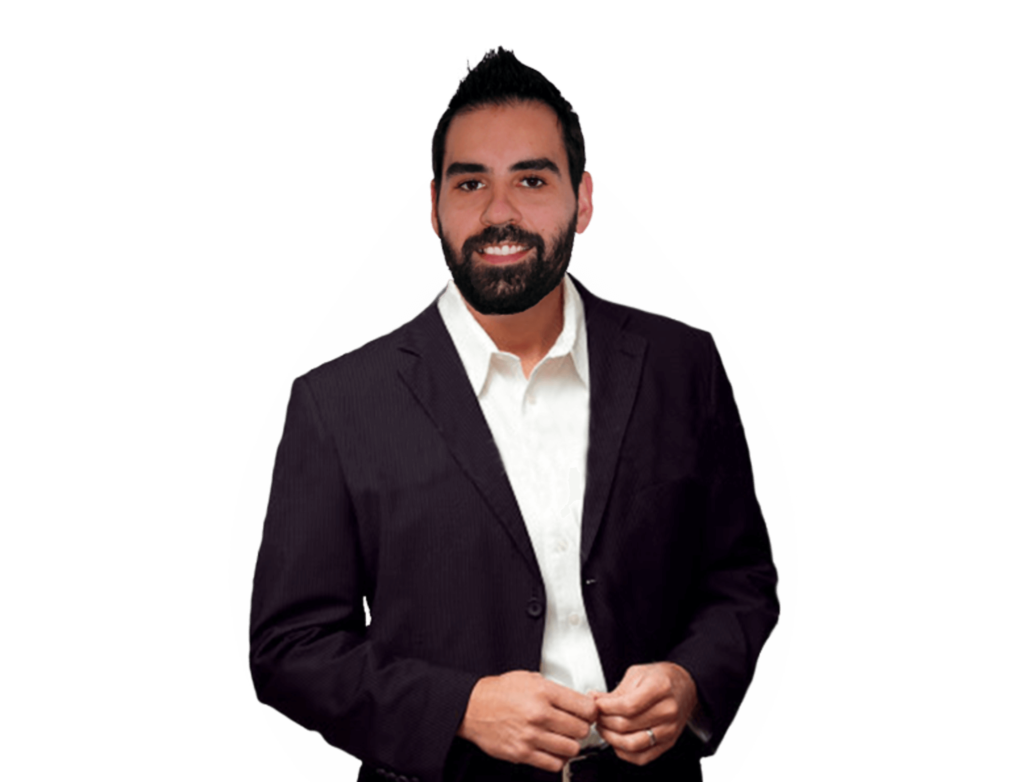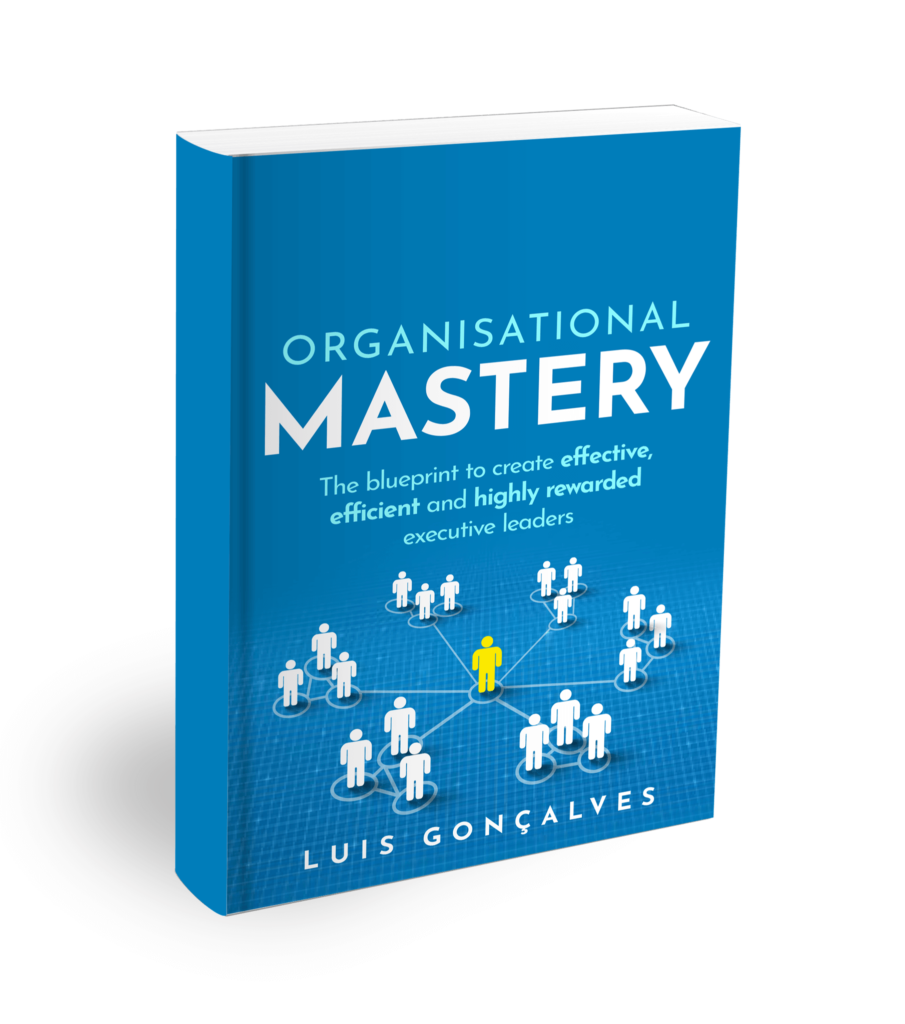
At Weekdone, we believe in the importance of evolving and constantly improving ourselves. We try and provide the most practical content possible, so you can use it to evolve and improve the way you work. That’s why, we interviewed Luis Gonçalves, leadership coach and author of “Getting Value out of Agile Retrospectives”.
Luis is a Management Consultant. He started his career as a software developer and then later became an Agile Leadership Coach. He has been working with executive leaders, helping them to become more effective and connected.
When it comes to leadership, he stresses that “one of the crucial aspects of being a leader is being comfortable with and open to transparency”.
Maintaining Agile teams.
To start off. You talk a lot about agile teams, what exactly are they?
Leadership teams are responsible for setting strategic goals and deciding what actions are needed. Agile teams are actually responsible for delivering on these goals.
In my view, agile teams are crucial for driving the completion of deliverable within an organization. These teams can take different forms and roles, but are often critical for the overall success of various departments and the company as a whole.
Do you do anything differently when you are running an agile team?
I believe that one of the crucial aspects of being a leader is being comfortable with and open to transparency .You need to inform employees on what’s going on and what you want to achieve. As the people your working with want to understand where the company is going and what they need to do to along the way.
From a leader’s point of view, you need to communicate more than just your expectations for your employee’s daily sprint activities. You need to express how their their work factors into the bigger picture and long term company vision.
[Tweet “”You need to inform employees on what’s going on and what you want to achieve.” @lgoncalves1979″]
Coming from old fashioned teams.
People who come from old fashioned teams often expect more direction and guidance in what they need to do. As for agile teams, it’s important to let them have more responsibility over their work. You need to guide them on how to do that.
Within older teams and organizations people are a lot more specialized. They have specific skills and capabilities and want tasks to go with them. Agile team structures involve more teamwork. It’s not important ‘who’ exactly gets the job done. But rather that it gets done and the team accomplishes its goals.
I’m not saying everyone should have a hand in all the tasks. But everyone should have a basic knowledge of the different skills necessary that go into completing them.
You co-wrote the book “Getting Value out of Agile Retrospectives”. What are Agile Retrospectives? Why are they important?
Agile Retrospectives are a way to get people and teams to stop and think about what they have done and how they can do it better in the future. They’re incredibly important for teams, but they’re even more than that!
In my personal life, me and my wife to stop every two weeks and see what we accomplished. And if there is anything we are not that happy about by asking ,“What is going on in our life that we could do better?”. It’s a fantastic tool for self-improvement in your own life. Just as much as in the office. For me, it’s a great way to systematically improve, learn, and get better at what I do.
[Tweet “”Agile Retrospectives are a way to get people and teams to stop and think.” @lgoncalves1979“]
Agile Retsrospectives.
How often do you do hold Retrospectives in your team?
Usually, every one to two weeks. But if your team is working in sprints, I recommend doing it only once mid-way through the sprint and then again at the end.

You are currently working on a book called “Organisational Mastery.” Can you give me a short sneak-peek on what it will be about?
I’m trying to create a model that identifies several problems executives are facing and how can you solve them. And I’ve been working with leaders for a long time, and often see leaders come across many problems as they try and transition their team to an agile framework.
I’ve interviewed many executives and saw that there were some core problems and questions shared among all leaders:
- How do I connect strategy to daily operations?
- How do I prioritize projects?
- In what way can I have a company where everyone keeps improving?
- How can I drive innovation and breaks silos?
The book is about these and other problems. And how you can solve them step-by-step. I believe that if leaders follow this model they’ll develop incredibly successful and agile organizations
Leadership mistakes to avoid.
You work a lot with Executive Leaders. What sort of mistakes do you see most often among leaders you’ve worked with?
Many companies are quickly evolving to the modern market. But there are quite a few leaders still run their organizations like they did in the past. Many of these leaders are in their 50s and they are very good and experienced at what they do. The problem is a lot of their methods just don’t work anymore.
So what works?
Running companies in the past required a completely different approach from how they are run today. Before, it was more common to have a “hands on” approach. Where the leader was in control of everything and would simply tell employees what to do. Nowadays, employees, especially Millennials, care a lot about purpose and the vision of the company. This new way of seeing the company can cause some conflicts when leaders from the past try to keep old levels of control.
In my own company, telling people what to do doesn’t work so well. Instead, I communicate my vision and where I want us to get as an organization. It sounds like a lot of fluff, but it has a lot of power behind it and people take it very seriously.
Measuring goals.
How do you set and measure short-term goals? And how do you measure and long-term goals in your own company?
Nowadays, a lot of people are talking about OKRs (Objectives and Key Results), but I’m not doing that quite yet.
At the start of each year I try to decide on 3 – 4 goals I want to achieve. They are really general like increasing revenue or visitors to my blog. Every quarter we have an off-site team event where we break those goals into activities for the next 3 months. Then at the end of the quarter we have a retrospective where we look back and see what we have achieved, and what we haven’t.
[Tweet “”Blockchain will completely change the way companies are structured.” @lgoncalves1979“]
Finally, the one question we ask all leaders. What do you think the main challenges will be for running a company in 2025?
I can’t give you a lot of details as I’m asking myself the same question. Not many leaders think about it yet, but I think blockchain will change everything in business in 5 years. I predict that blockchain will completely change the way companies are structured. How contracts are done, and goods are delivered in the future.
Thank you.
You can stay up to date with Luis on his blog or Twitter. And you can try to run your own agile teams in Weekdone.